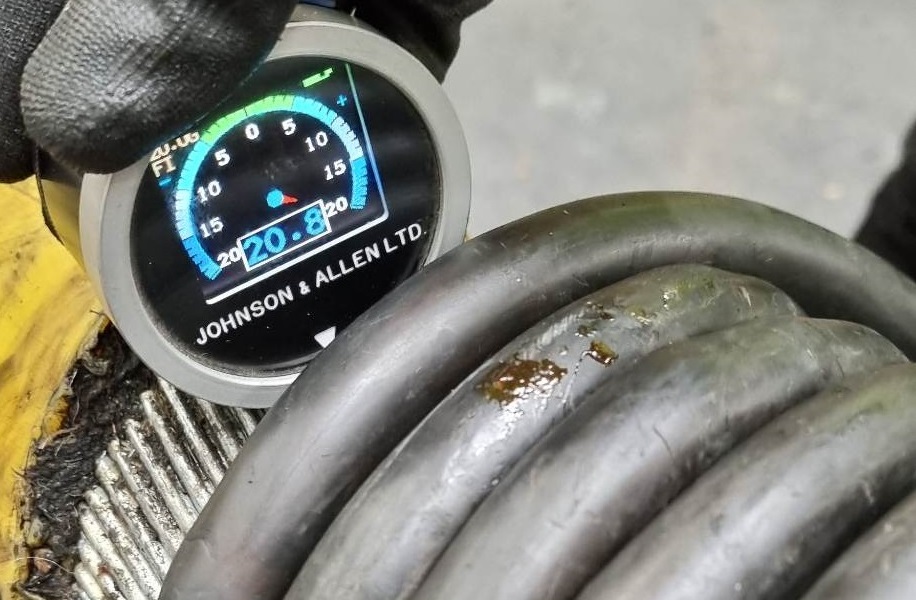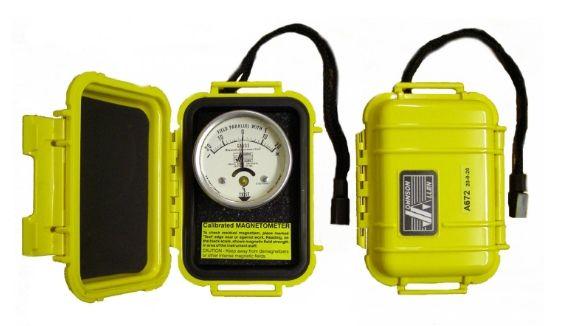Degaussing Services
Component Degaussing Services
Why is demagnetization important?
Residual magnetism is a common side effect when machining ferromagnetic materials, yet it can cause serious engineering problems. It is also present when components have been lifted using electromagnetic cranes.
Later production processes like electron beam welding for instance can be ineffective on components with high residual magnetism where weld penetration can be significantly reduced in localised areas. Residual magnetism can also impair how in-service components work and wear. So much so that many production standards state demagnetization (sometimes called ‘degaussing’) must be undertaken as part of the finishing process.
Degaussing Services
Johnson & Allen offer Degaussing Services from our head office in Sheffield, UK and have an extensive range of equipment which can be used to demagnetize components. This includes various aperture demagnetizers, coils and power packs suitable for use on everything from small nuts and bolts to larger components like turbines, wheels and extruded structures several meters in length.

There are many variables to consider when trying to achieve successful degaussing; such how the magnetism was induced in the component to begin with, the level of demagnetization being sought and the shape, geometry and material of the component. For those not familiar with the intricacies it can be daunting.
How does magnetism get induced?
Residual magnetism can be induced in a component in many ways – Common processes known to cause magnetization are heat tempering processes using electrical induction coils and lifting magnets which are common for manipulating sheets of steel. You can also find magnetism induced in parts / tools where there is rotational movement such as with generators, motors, wheels, lathes and spinning machines.
Acceptance Criteria
Due to magnetic hysteresis, it is generally not possible to reduce a magnetic field completely to zero, so degaussing typically induces a very small "known" field referred to as bias. As a result some industries use the concept of an acceptance criteria where they state a maximum permissible level of magnetism – Typical values are 2, 3 or 5 Gauss. Where an acceptance criteria is not imposed the level of residual magnetism sought will depend on the application and the reason why the component needed to be demagnetised in the first place.
The best way to assess if residual magnetism is present is to use a magnetometer (also known as a deflection type field indicator).

Other sectors use a compass needle deflection demagnetization acceptance criteria, where a maximum needle deflection in degrees is permitted at a given distance. However readings from two different compasses may differ which makes comparisons difficult. Unlike a calibrated magnetometer, compasses are designed to determine field direction and not field magnitude.
Gauss Problems Solved
Johnson & Allen has decades of experience in demagnetization and can assist any organization in projects where degaussing is required. Johnson & Allen make degaussing easy and can also produce certification as part of the degaussing service which documents the level of residual magnetism remaining.
If documentation is required then please inform us prior to the work being undertaken.
A demagnetization trail is also a great way to assess the effectiveness of our products for a particular application before committing to purchasing your own demagnetizer from Johnson & Allen. Contact our technical sales team through our website, by email or phone to discuss today.
